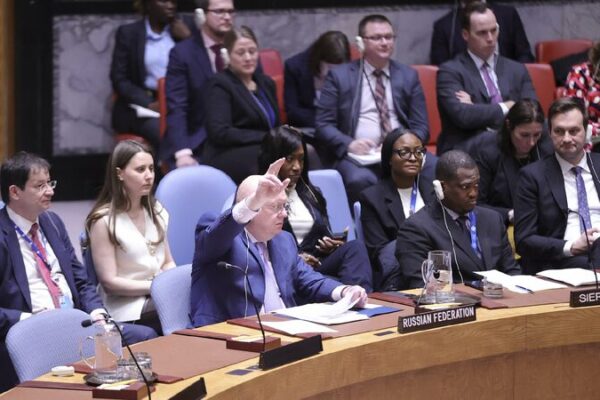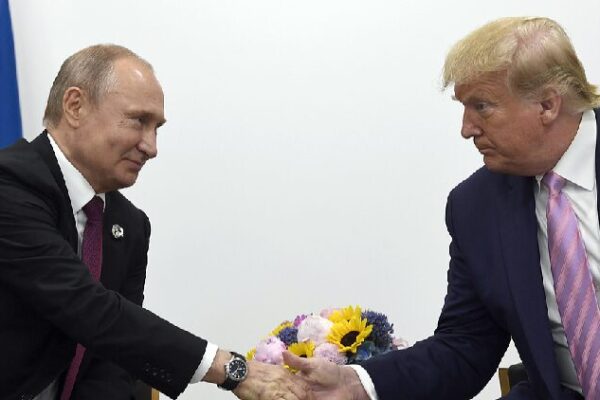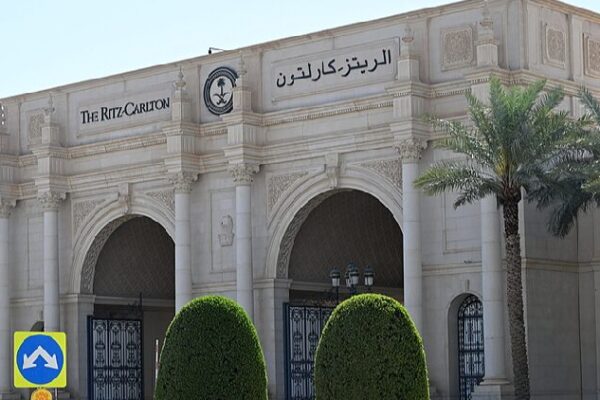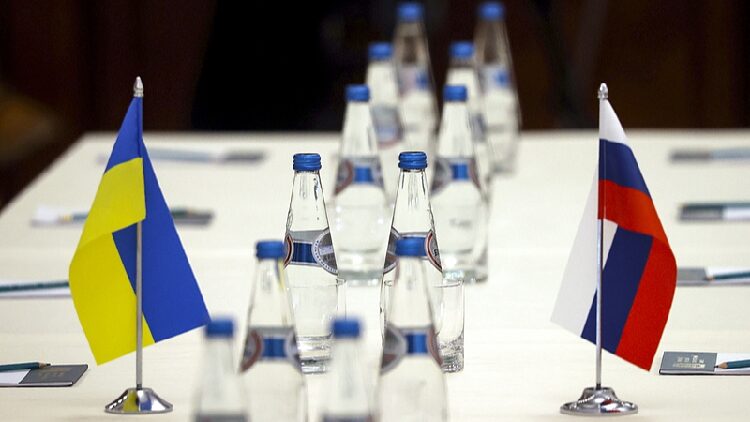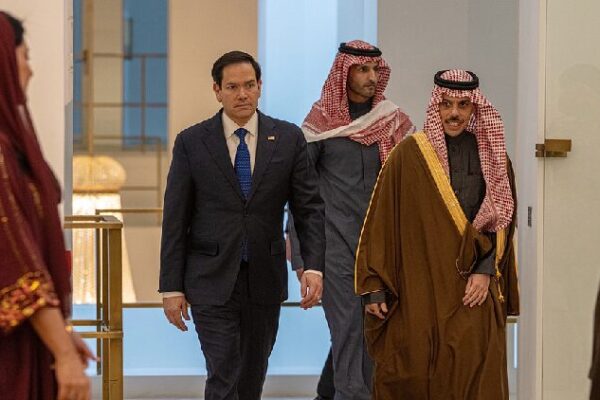Three years after the Russia-Ukraine conflict erupted on February 24, 2022, the war has claimed hundreds of thousands of lives and displaced millions. However, a potential shift in U.S. policy has sparked hopes—and concerns—that peace might finally be within reach.
On the battlefield, Russian forces have made significant territorial gains. Colonel General Sergei Rudsky, first deputy chief of the General Staff of the Russian Armed Forces, reported that approximately 75% of the Donetsk region, along with parts of Zaporizhia and Kherson, is now under Russian control. In the Lugansk region, less than 1% remains under Ukrainian administration.
In a recent escalation, Russia launched over 200 drones on Ukraine in a single night—the largest attack of the war so far. Ukrainian President Volodymyr Zelenskyy condemned the assault and called for unity among Ukraine’s allies.
Meanwhile, tensions are rising over developments involving U.S. President Donald Trump. Ukraine and its European partners are uneasy about a controversial U.S.-Ukraine minerals deal, Trump’s criticism of Zelenskyy—whom he labeled “a dictator without elections”—and U.S.-Russia peace talks in Riyadh conducted without Ukraine and the European Union’s participation.
In a surprising move, Zelenskyy expressed his willingness to step down if it would secure peace. “If peace for Ukraine requires me to leave my post, I am ready,” he announced during a press conference on Sunday. Despite this gesture, the impact on the conflict remains uncertain, especially considering its far-reaching consequences on global energy and food supplies and the strain on European economies.
A Possible Ending in Sight?
The Trump administration is actively engaged in negotiations with both Russia and Ukraine, aiming to broker a deal to end the three-year conflict. Experts, however, are divided on the likelihood of success.
Sun Taiyi, an associate professor of political science at Christopher Newport University in the U.S., noted that Zelenskyy, Trump, and Russian President Vladimir Putin all have strong incentives to end the conflict quickly. “Zelenskyy recognizes that U.S. support is waning, and Europe is reluctant to fill the gap. Putin may seize the opportunity to secure a favorable deal under Trump’s presidency. Meanwhile, Trump faces pressure from his base to disentangle the U.S. from the conflict,” Sun explained.
Sun suggested that Trump may aim to declare a diplomatic victory during his anticipated address to Congress on March 4, while Putin could seek to announce success ahead of the 80th anniversary of the Great Patriotic War in May. “These dates could serve as deadlines for their respective goals,” he said.
However, reconciling the conflicting interests poses significant challenges. “Each leader seeks to maximize their gains from any ceasefire,” Sun added. “Ukraine wants security guarantees and a path to NATO membership, the U.S. is focused on accessing rare earth minerals and other resources, and Putin demands territorial concessions and assurances against further Western expansion.”
Will Their Demands Be Met?
Cui Zheng, director of the Research Center for Russia, Eastern Europe, and Central Asian Countries at Liaoning University, emphasized that Russia understands the complexities of ending the conflict. “While a U.S.-brokered ceasefire is possible, Trump has yet to present a detailed peace plan. Russia, on the other hand, has clear objectives centered on long-term security,” Cui said.
Cui noted that current U.S.-Russia negotiations are still in the preliminary stage, making a swift and straightforward ceasefire unlikely. Chen Yu, deputy director of the Institute of Eurasian Studies at the China Institutes of Contemporary International Relations, agreed that the biggest hurdle to peace is the significant divergence in the parties’ positions.
“Even if a truce is reached, future negotiations may face numerous challenges, and the peace process is unlikely to be resolved quickly,” Chen said.
Meanwhile, European leaders are concerned about the implications of the U.S.-Russia negotiations. French President Emmanuel Macron convened a meeting with major European leaders before the Riyadh talks. European Commission President Ursula von der Leyen warned that a failed Ukraine would weaken both Europe and the United States.
“European leaders fear a fragile ceasefire without robust guarantees could embolden future Russian aggression,” Sun explained. “Unlike Trump’s apparent focus on a quick resolution—potentially freezing current frontlines—Europeans seek a ceasefire with ironclad enforcement to deter Putin from reigniting hostilities.”
As discussions over the minerals deal continue and the U.S. and Russia prepare for further talks, U.S. policy under Trump has become more transactional, prioritizing economic gains over the geopolitical and strategic objectives pursued by the previous administration.
Zhao Huirong, a research fellow at the Chinese Academy of Social Sciences’ Institute of Russian, Eastern European, and Central Asian Studies, emphasized that Trump’s approach is driven by U.S. interests. “The Trump administration aims to shed the ‘burden’ of the Russia-Ukraine conflict as quickly as possible while maximizing benefits. By negotiating separately with Russia and Ukraine, Trump positions the U.S. as a dominant mediator,” Zhao said.
“In essence, while the U.S. appears to mediate the conflict, its actions reflect a political game centered on ‘America First,’ with the broader implications for peace still uncertain,” Zhao concluded.
Reference(s):
Russia-Ukraine conflict three years on: Is the dawn of peace in sight?
cgtn.com




